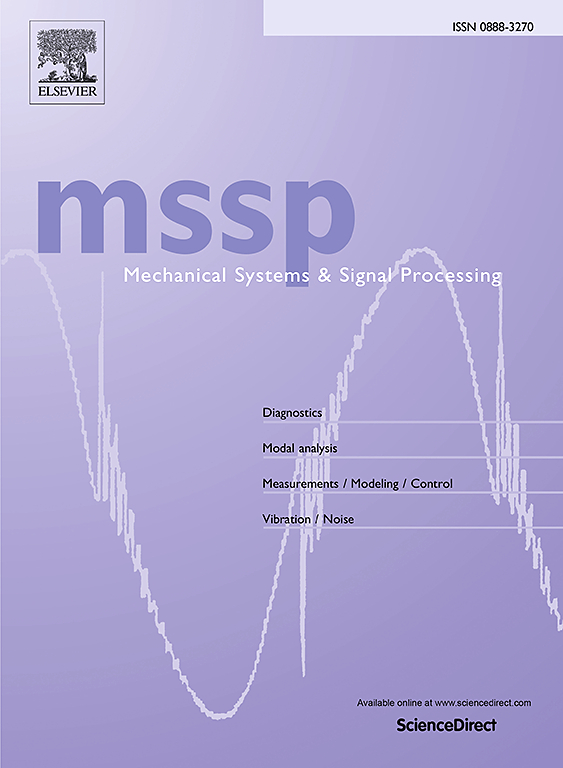Hybrid time–frequency method for vibration fatigue damage analysis under non-stationary non-gaussian random excitation
IF 7.9
1区 工程技术
Q1 ENGINEERING, MECHANICAL
引用次数: 0
Abstract
Accurate assessment of vibration fatigue life under non-stationary non-Gaussian excitations remains a critical challenge in mechanical system reliability. Traditional vibration fatigue frequency domain methods relying on stationary power spectral density (PSD) inherently overlook temporal variations and non-Gaussianity in stress responses, resulting in fatigue damage prediction errors that escalate exponentially with the fatigue exponent b. To address this limitation, this study proposes a hybrid time–frequency methodology that incorporates the amplitude-frequency response characteristics of the structure and reveals the critical role of excitation signal phase in influencing vibration fatigue life. The method not only resolves the inherent shortcomings of conventional spectral approaches but also enables inverse synthesis of excitation signals with controllable response characteristics. Numerical simulations and experimental validations demonstrate that the proposed approach significantly reduces in fatigue life predictions. Furthermore, the method serves a dual purpose: it advances vibration fatigue analysis for systems operating in complex service environments and introduces a novel approach for designing accelerated fatigue tests through tailored excitation signals. This work attempts to narrow the gap between non-stationary non-Gaussian vibration theory and practical engineering applications, providing a useful tool for reliability-driven mechanical design.
求助全文
约1分钟内获得全文
求助全文
来源期刊

Mechanical Systems and Signal Processing
工程技术-工程:机械
CiteScore
14.80
自引率
13.10%
发文量
1183
审稿时长
5.4 months
期刊介绍:
Journal Name: Mechanical Systems and Signal Processing (MSSP)
Interdisciplinary Focus:
Mechanical, Aerospace, and Civil Engineering
Purpose:Reporting scientific advancements of the highest quality
Arising from new techniques in sensing, instrumentation, signal processing, modelling, and control of dynamic systems
 求助内容:
求助内容: 应助结果提醒方式:
应助结果提醒方式:


